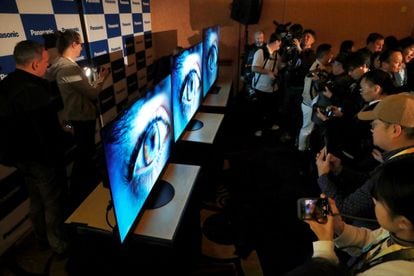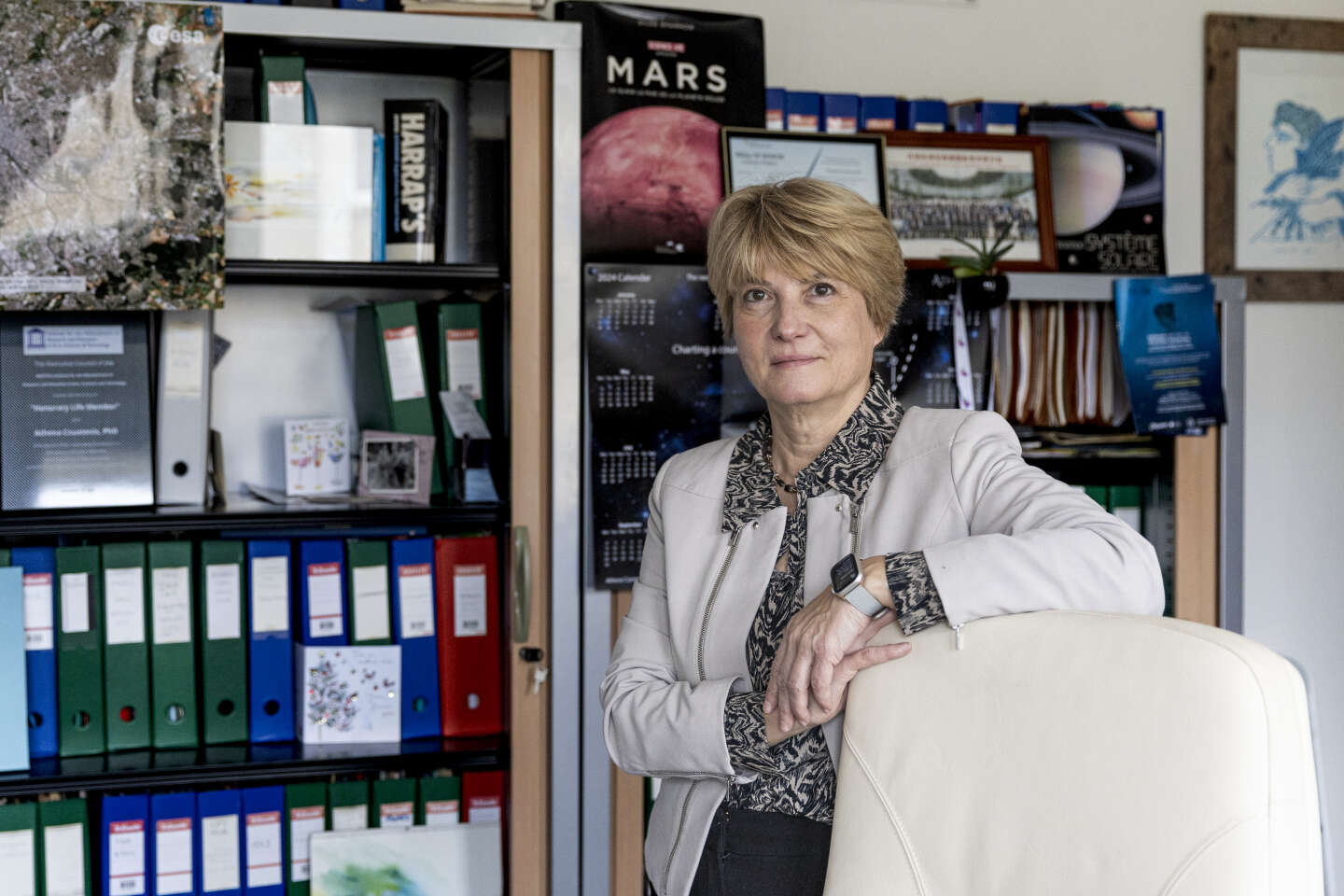CES 2024: Transparent screens to shop on? This will be the television of the future Technology
/cloudfront-eu-central-1.images.arcpublishing.com/prisa/QMMWV5EYUWIUEANZIK7Q4GAN34.jpg)
A cable-free television that mounts to the wall, rolls up to be stored out of sight, or rotates to stand upright. Those are some of the devices that have starred at CES, the world’s largest consumer electronics fair, in recent years. In this edition taking place this week in Las Vegas (USA), technological giants such as Panasonic, Samsung and LG have presented their most powerful and innovative televisions, with which they aspire to revolutionize the smart home.
As highlighted by Jessica Boothe, director of market research at CTA (an association of US technology companies, which organizes CES), these devices have larger screens with better image quality. Despite this, the expert insists that television is “much more than a simple screen.” It has begun taking the first steps to become a “smart home center that goes beyond entertainment. streaming“
“It’s becoming an intelligent command center that will connect devices like the kitchen and laundry room or access your security cameras to show you what they record,” he says. And it goes further. According to predictions, television will become an e-commerce platform that will allow consumers to buy products and services while watching programs.
Jakob Pessel, a Panasonic employee, also believes that televisions will primarily be home hubs: “People will still be able to sit down and enjoy quality entertainment, but they will also be able to control any device in the home.” “It’s hard to know what the future of television will look like because everything is moving so fast. I envision a screen where you can video chat with your friends or see who’s ringing the doorbell, but also have a remote control with a button that allows you to order your autonomous car to go to the door.”

We still have to wait to see if these predictions come true. At CES, manufacturers show off what their devices can currently do. Panasonic, which invited EL PAÍS to the fair, has announced that Amazon Fire TV will be integrated into its televisions from 2024. In a demo given to this newspaper, a Panasonic employee gave Alexa several commands: from playing a series to turning on the lights or closing the curtains.
Although multiple companies are committed to turning the television into the brain of the smart home, there are those who highlight the potential of these devices elsewhere. That’s the case for Hisense America president David Gold, who believes the reach of its screens “extends beyond home entertainment and covers multiple aspects of daily life, such as hospitals, classrooms, stadiums, offices and museums.”
Wireless and transparent television
If one thing is clear after visiting the fair, it is that manufacturers are finding ways to surprise users. A man walks around the fair with a television on in his hand to demonstrate that it is completely wireless. That’s Balaji Krishnan, founder and CEO of Display, a company that made headlines in 2023 by producing the first wireless television that sticks to a wall.
“We experimented with a lot of different techniques. For example, with roll-up, wireless and transparent televisions,” said Jennifer Soloway, an LG employee, who believes that over time “there will be markets for all these devices.” Transparent screens aren’t actually new. Some manufacturers have been showing prototypes for years.
But now LG has launched the LG Signature OLED T, the first wireless television with a transparent panel, which should in theory go on sale this year. Hundreds of people have flocked to their booth at CES to record this 77-inch panel with their cell phones. In it, movies play and it looks like traditional television. Suddenly, a kind of black curtain slowly moves away and the screen becomes transparent. The aim is that the device can be placed in the middle of the room and go unnoticed, although it can also show fish or other animations. Samsung doesn’t want to be left behind and has taken advantage of the fair to announce a fully transparent micro LED television.
artificial intelligence
Artificial intelligence is the main protagonist of CES. Samsung’s vice president and CEO Jong-hee Han believes that this technology will allow connected devices to improve people’s daily routines without being intrusive and always “in the background.” Thanks to that, the television can make personalized recommendations and interact with other devices.
This technology also works to optimize the image and sound. The televisions presented by Panasonic at CES – the Z95 and Z93 models – incorporate a processor that uses artificial intelligence to achieve a bright panel with a high level of detail. In addition to image, sound is also particularly important in films to identify places or characters, reinforce atmosphere, and evoke emotion. Samsung is working on Active Voice Amplifier Pro technology, a system that analyzes voice and background noise with artificial intelligence to optimize the listening experience and “enjoy different content as if you were in the front row of a stadium or in a cinema”. .
Achieving the most immersive experience possible is also one of the priorities of companies like Panasonic. To achieve this they include several speakers behind the television. Additionally, they have a mode called sound meditation which allows the sound to be directed to a specific location in the room. “Perhaps one person is listening to TV, while the other prefers to be silent or sleep in the same room,” explains Gabor Segner, product marketing and communications manager for home entertainment in Europe at Panasonic.
You can follow EL PAIS Technology in Facebook And x Or sign up here to receive our Weekly newsletter.





